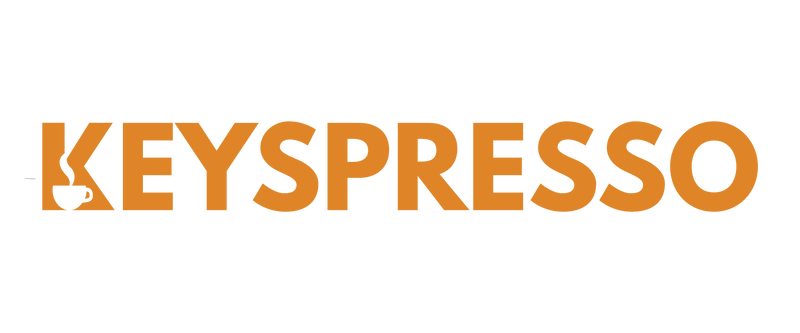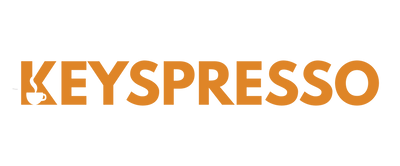What keyboard should I buy?
The mechanical keyboards community and hobby have changed quite a bit since we started out. Hot swap (hotswap) has quickly become a standard offering in kits of all price ranges and there are tons of new brands with unique products. The barriers to entry have lowered as budget offerings improve and there is more variation between designs- gone are the days of square rectangles, gone are the days of needing to solder.
With so many choices out there, what should someone new to mechanical keyboards and custom keyboards get?
Prebuilt (pre-soldered) Keyboards
There are tons of great prebuilt keyboards that can still be found- especially if you're willing to buy used. These boards don't require any assembly- you plug them in and they work. You'll want to look for the following features:
- PBT keycaps with crisp dye sub or doubleshot legends and moderate thickness. PBT as a material is not enough to indicate quality.
- Robust case construction and ease of disassembly- makes it easier to repair should there ever be a need.
- PCB quality: not something you can tell without opening the board but many prebuilts are not designed to be disassembled and especially not fully desoldered.
- Detachable USB C cables
- Stabilizers that don't sound horrible: test the larger keys (shifts, backspace, enter, and space) and listen for rattle. You'll never get perfect stabilizers but as you don't want to completely rebuild the board from the start, it's best to find a board with stabilizers that tend to have minimal rattle.
It's been a long while since I've looked into prebuilt keyboards and there are tons of offerings with hotswap as an option (we'll look into them soon). Personally, I have found Leopold and Varmilo to be very reliable. From a services angle, disassembling them isn't too challenging and their PCBs are pretty solid. Filco is also good, but their older models didn't have the best keycaps and they use costar stabilizers- which can be a pain to deal with when swapping keycaps. There are a lot of other great brands too from Durgod, Vortex, and boards like the Anne Pro 2.
Switches? Switches don't matter so much and there aren't many options for pre-soldered boards. Both Cherry and Gateron offerings are fine. Most options tend to be choices between linear, tactile, and clicky with possibly variations with spring weights offered.
Keycaps? PBT is an excellent material but be warned all PBT keycaps are not made equal. Thickness matters, along with quality dye sublimation for the legends. I recommend Leopold and Varmilo because theirs fit the bill.
Electrocapacitive (EC) boards are also worth considering and are still relevant today. EC switches are technically membrane switches, but they feel a lot better than your run-of-the-mill membrane keyboard- and the prices for these reflect that. Many in the community are die-hard fans and find the tactile feel more consistent and pleasant than tactile MX-stem mechanical switches.
The HHKB and Realforce are classic boards using Topre's EC offerings. Some models have Bluetooth functionality and some even MX-compatible stems for keycap compatibility (Topre stems have traditionally been incompatible, making finding replacement keycaps sets difficult).
NiZ offers their own EC alternatives and tend to be cheaper, easier to find, and just as good (arguably even better). These boards use MX-style stems for switches and stabilizers, which means they are easier to find keycaps for.
Hotswap (Hot Swap) Keyboards
Hotswap offerings has exploded in the last few years and it's hard to keep up with what's out there even just looking at boards that are typically in stock and more budget-friendly. Most keyboards in this category are technically prebuilts in the sense that they are ready-to-go, plug and play boards. But many are also offered as barebones kits- that is, they don't have switches or keycaps pre-installed, though stabilizers may be installed.
What's Hotswap? Hotswap is a feature referring to the ability to remove and install switches without having to disassemble or even unplug the keyboard. All you need is a keycap puller to remove the cap, and a switch puller to remove the switch. Check our selection of tools if you are in need of these pullers.
This is possible because rather than soldering on switches directly to the PCB, special sockets that connect to switch pins are soldered on. Today, the standard for hotswap sockets are offered by Kailh or Gateron- both companies well-known for switches and not just mechanical keyboard switches!
If you are a first-time user, I highly recommend you go for a hotswap keyboard as hotswap has two major advantages: allowing you to customize almost everything about your keyboard, and making repairs much easier.
If your switch is problematic, you can just replace the switch. If your socket is getting worn from use (swapping about hundred times), you can replace the socket. If you want to improve or replace your stabilizers, same idea- you can. And if you suffer from a spill or just want to clean your board from all the accumulated dust and food fragments (yuck!), you can.
Like with prebuilts, there are a few things you can look out for when you're evaluating a hotswap board:
- Sockets: Most boards use either Kailh or Gateron sockets but some will use off-brand sockets. They can be replaced with better sockets should a problem occur.
- Screws (plastic cases): Can the keyboard be unscrewed for disassembly? If screws aren't present, your board likely uses tabs that snap into place. These cases require considerably more effort to take apart.
- Software: Is the board compatible with QMK? Even better- with VIA or VIAL for easier and visual customizability? Compatibility makes it much easier to remap and customize your layout.
- Layout: Many hotswap boards have fixed, pre-determined layouts. Check the layout to be sure the layout you want is supported.
- Backlight and RGB: Very popular features among buyers. Check carefully if RGB is specifically mentioned, and what lighting options are.
- Sound dampening material: Modern keyboard kits now come with plenty of sound dampeners or "foam" to help the user customize the sound of their keyboards. Including "foam" is an easy way to improve sound- especially on cheaper boards.
For almost every other feature, you can purchase parts to fit your preferences. Be sure to double-check how many switches you will need and whether the layout is supported by a keycap set of your choice.
Not sure? Consider Keychron. While there are a lot of good options to consider, I recommend Keychron for many reasons:
- They are easy to find, especially secondhand
- Tons of layouts and options
- Their OSA keycaps are pretty good
- There's documentation that is actually helpful
- For those looking to try out full-metal-bodied keyboards, their Q line is quite affordable.
You'll want to pick up a Keychron board that specifically states it's QMK/VIA compatible and hotswap. There are a ridiculous number of Keychron models out there. So if you're going secondhand, be sure to ask the seller if it's QMK/VIA compatible and hotswap. A box and pictures can help. If the seller doesn't know, avoid it. If you don't want to take chances at all, look for the Q line.
I also advise avoiding low profile options as they require specific low profile switches and the chicklet style keycaps they use aren't great.
Any other options? I've handled Akko's 75% hotswap offering and the GMK67. They're pretty cheap and have plenty of sound dampening material which make them sound quite good. I am told by a friend that the software isn't the greatest, and they aren't the easiest to take apart. There are also other great budget boards we've handled during repairs and they are also pretty good. Sound dampening materials are immensely helpful with making a "cheap" board viable.
But if you want even better..... Try an option from community favourite brands:
- KBDfans Tiger 80, KBD67 Lite, etc.
- Meletrix Zoom series
- Qwertykeys QK series
All of these offerings come from well-respected businesses and designers active in the community. You may need to research and carefully consider what you'll need to complete your builds with their kits, but they tend to include everything you need other than keycaps and switches and are always QMK/VIA compatible. Packed full of features including a USB C cable, sound dampening foam, flex cut hotswap PCBs supporting multiple layouts, and a carrying case.
The Last Word
Any keyboard that works for you is a good keyboard. Enjoy it!

